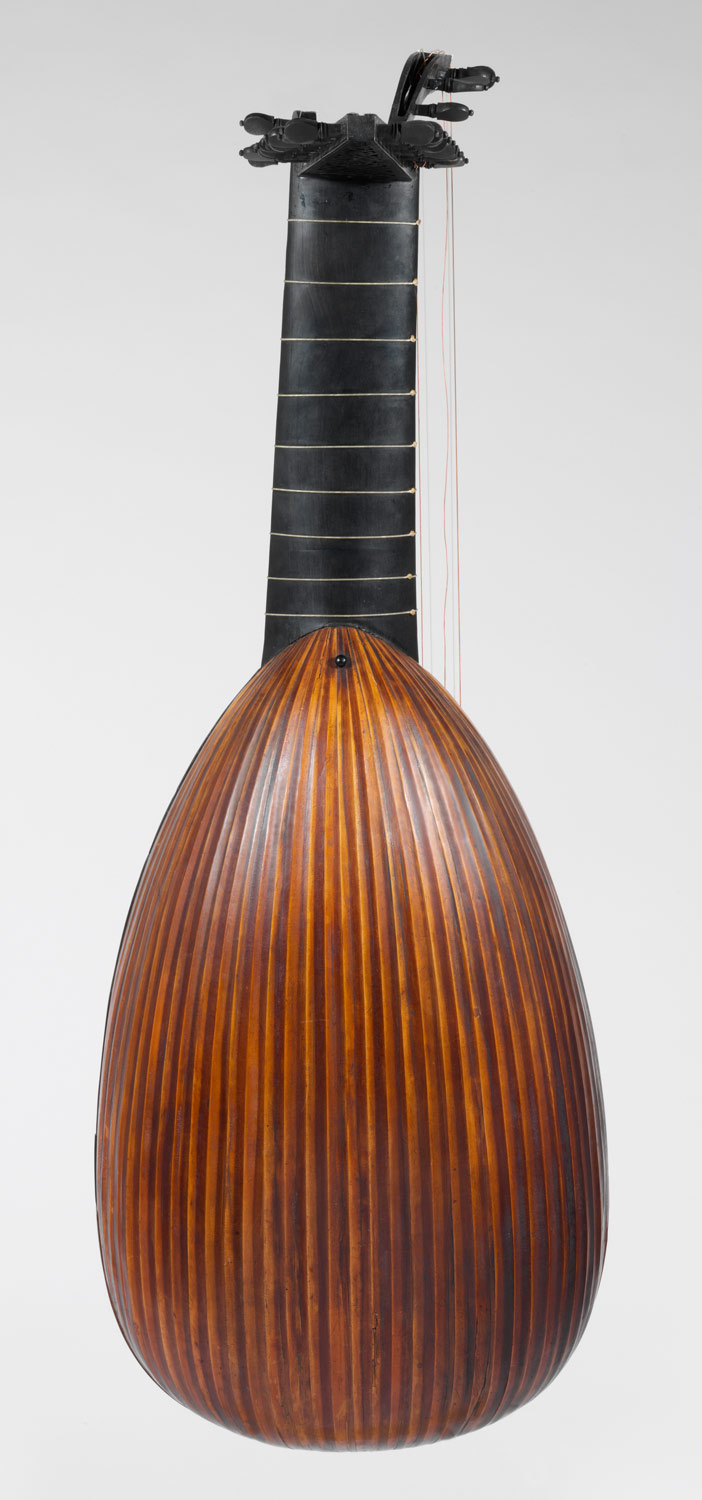... Or at least during the the second half of the sixteenth century in Europe, was a Bavarian town called Füssen. Located about 3 mile north of the Austrian border, and now revered for its violin-
 |
| Aerial view of Füssen |
making history, the town was a hotbed of lute construction. It became necessary to impose regulations on their lute industry. They created a guild for lute makers to regulate activities and production standards and prices. The guild then limited the number of workshops in Füssen to twenty. This had extensive repercussions on the lute-making industry. Many luthiers moved out of the town to the rest of the Bavarian region, later to Venice, and last to Bologna and Padua. The last two would become the most important centers of of lute making in the seventeenth and eighteenth century.
Santa Maria Bouquet, Jonathan. "The Lute."
Heilbrunn Timeline of Art History. The Metropolitan Museum of Art. Web. 9 Dec. 2014.
"Füssen."
Wikipedia. Wikimedia Foundation, 12 Aug. 2014. Web. 9 Dec. 2014. <http://en.wikipedia.org/wiki/Füssen>.






